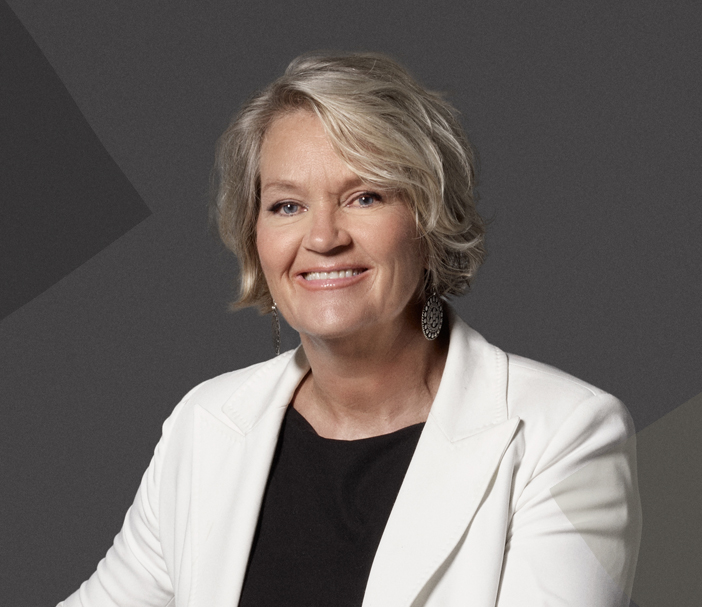The Richter Family Advisory Series: When a Non-Family CEO is in Charge
As the CEO of a business, I’m striving to fulfill the wishes of the founder who has become suddenly ill. The founder’s children work in the business but can’t see eye to eye. How do I navigate this?
Richter has supported numerous family businesses through leadership transitions, including hiring non-family CEOs and helping them navigate their new position. Leading a family business as a third-party executive can be uniquely challenging, especially when family members hold conflicting visions that can create a divisive atmosphere. This was the situation faced by the CEO of a very successful family-owned company seeking our ongoing guidance.
The Challenge
The founder, now elderly, hired a non-family CEO after determining that neither of her three children were ready to assume the role. Although she anticipated she could be part of this transition, her sudden illness prevented her involvement. One sibling, a key contributor in the business, had to step up while the others expressed dissatisfaction with the company’s direction, creating organizational tensions. The CEO was faced with the delicate task of guiding the business through a critical growth phase but was struggling to manage the conflicting dynamics between the two adult siblings and did not want to burden the founder while in the hospital.
The CEO was confronted with difficult decisions: At what point should a family member be removed from the organization in the face of increasing risk to the business? How could this be done fairly and as amicably as possible, considering family relationships? What impact would these decisions have on ownership and the family?
The Richter Solution
Richter provided a tailored solution to address both business and family dynamics, including:
-
CEO and family coaching: One-to-one meetings and coaching with the CEO and participating family members to understand perspectives and establish a more productive communication strategy.
-
Supporting the founder’s wishes: Worked closely with the founder’s spouse to uphold the founder’s plans for the business outlined before her illness.
-
Ownership transition planning: Developed an ownership transition strategy to safeguard the current and future interests of both the family and the business.
-
Financial and estate planning: Collaborated with valuation experts and tax specialists to optimize intervivos and post-mortem estate plans.
-
Strategic growth planning: Collaborated with strategic planning experts to review growth strategies, refine organizational design, and define key company roles.
-
Managing underperformance: Designed a balanced approach for addressing underperformance among family and non-family members, carefully considering business, ownership, and family intersections.
-
Transparent communication: Built and executed a clear and transparent communication plan to ensure all stakeholders understood the positive intent behind the changes.
-
Family engagement: Organized family meetings to ensure the unique interests of the family members were tabled and addressed concurrent with the changes in the organization.
Although this journey involved challenging emotions at times, the process maintained fairness across the family, reinforcing the wishes of the founder while respecting her need to focus on healing. Ultimately, our approach strengthened the business and safeguarded family harmony.
Related articles

Planning the Transition of Your Family Business:Four key pillars to preserve your entrepreneurial legacy

The Richter Family Advisory Series: Navigating Ownership After Loss

The Richter Family Advisory Series: Preserving Legacy and Stability



